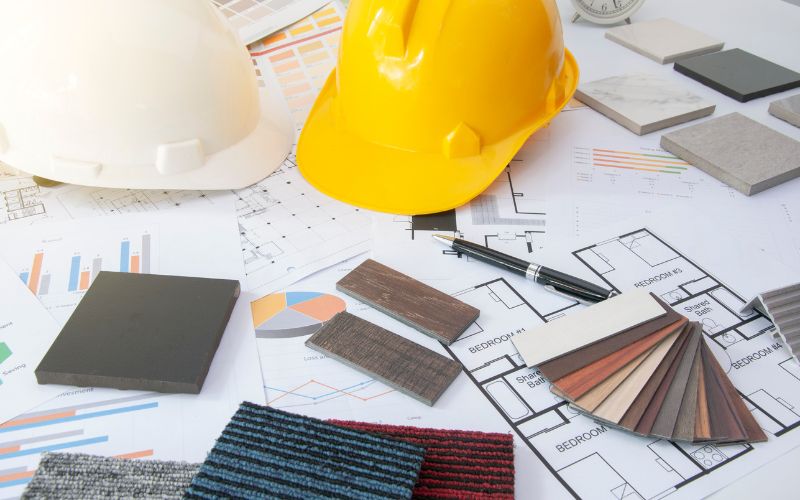What if we could create buildings and spaces that are more efficient, resilient, responsive, and aesthetically pleasing by using innovative materials?
This blog post will introduce you to ten innovative materials already used or tested in projects worldwide. These materials are not just theoretical concepts or prototypes; they are practical and proven solutions that can improve the performance and sustainability of buildings and spaces.
Whether you are looking for Geelong’s trusted architecture firm that can help you with your next project or are just curious about the latest trends and developments in the field, this blog post is for you. Discover the ten innovative materials that could change how we build and design our spaces.
10 Innovative Materials in Architecture
- Self-healing concrete: A concrete that can repair its cracks using bacteria that produce limestone when exposed to water. It can restore the strength and durability of concrete and prevent further damage.
- Hydro ceramic bricks: A type of brick that can cool down the indoor temperature using water evaporation from a hydrogel layer. It can reduce the energy consumption and greenhouse gas emissions from air conditioning systems.
- Cabkoma: A carbon fibre composite rod that is exceptionally lightweight and strong and can reinforce structures against earthquakes. It can reduce the weight and cost of construction and enhance buildings’ seismic resilience.
- Cross-laminated timbre: A wood panel made of wood glued together at right angles creates a durable and fire-resistant material that can replace steel and concrete in high-rise buildings. It can support heavy loads with less material and provide better thermal insulation and carbon sequestration than conventional materials. Moreover, it can offer more design flexibility and aesthetic value for town planning services, as it can create various shapes and forms that blend with the natural environment.
- Power-generating glass: It can harvest solar energy and convert it into electricity while allowing natural light to pass through. It can generate renewable energy for buildings or grids and improve the natural lighting and views of spaces.
- Rammed earth: A natural material of compacted soil mixed with water and stabilisers, creating a solid and sustainable wall that regulates temperature and humidity. It can develop a sense of connection and harmony with the natural landscape and reduce the environmental impact of construction.
- Transparent wood: A wood that is treated with chemicals and nano cellulose to remove its colour and opacity, creating a translucent material that can be used for windows, skylights, or facades. It can transmit light while maintaining its strength and structure and provide better thermal insulation, UV protection, and biodegradability than glass.
- Plastic bricks: Are made of recycled plastic waste, creating a low-cost and eco-friendly alternative to conventional bricks. It can reduce plastic pollution by diverting waste from landfills or oceans and creating value from waste materials that would otherwise be burned or discarded.
- Biochar cladding: A bioplastic made of forest and farm waste, creating a carbon-negative material that can be used for cladding or other purposes. It can improve soil quality by increasing its water retention, nutrient availability, and microbial activity and sequester carbon from the atmosphere by storing it in a stable form that does not decompose quickly.
- Carbon-fibre reinforced concrete: A concrete that is reinforced with carbon-fibre yarn instead of steel, creating a material that is stronger, lighter, and more resistant to corrosion. It can reduce the amount of concrete and steel needed for construction, maintenance and repair costs.
Conclusion
These are some of the innovative materials that could change how we build and design our spaces. They can create buildings and areas that are more responsive, resilient, and responsible, as well as more enjoyable and inspiring.
Bishop Architects is always looking for new ways to incorporate these innovative materials into their projects, whether for residential, commercial, or public purposes. Using these materials can create spaces that are good for the environment and the people who live and work in them. For example, we can design farmhouses in Geelong that are sustainable, comfortable, and beautiful by using materials such as rammed earth, biochar cladding, or cross-laminated timbre.
If you want to learn more about these innovative materials or how Bishop Architects can help you with your next project, don’t hesitate to contact us today. We would love to hear from you and share their expertise and passion.


